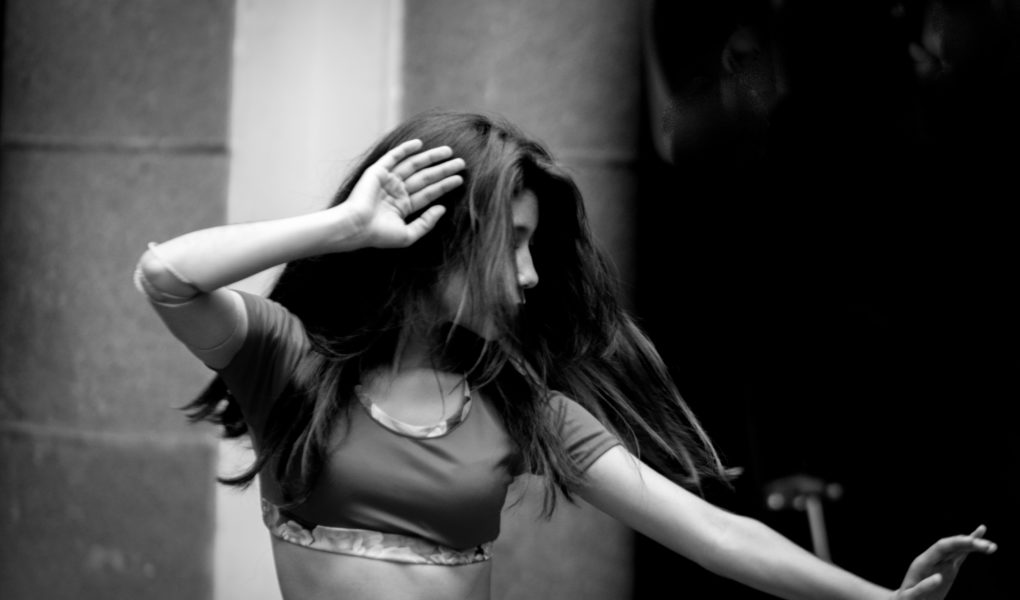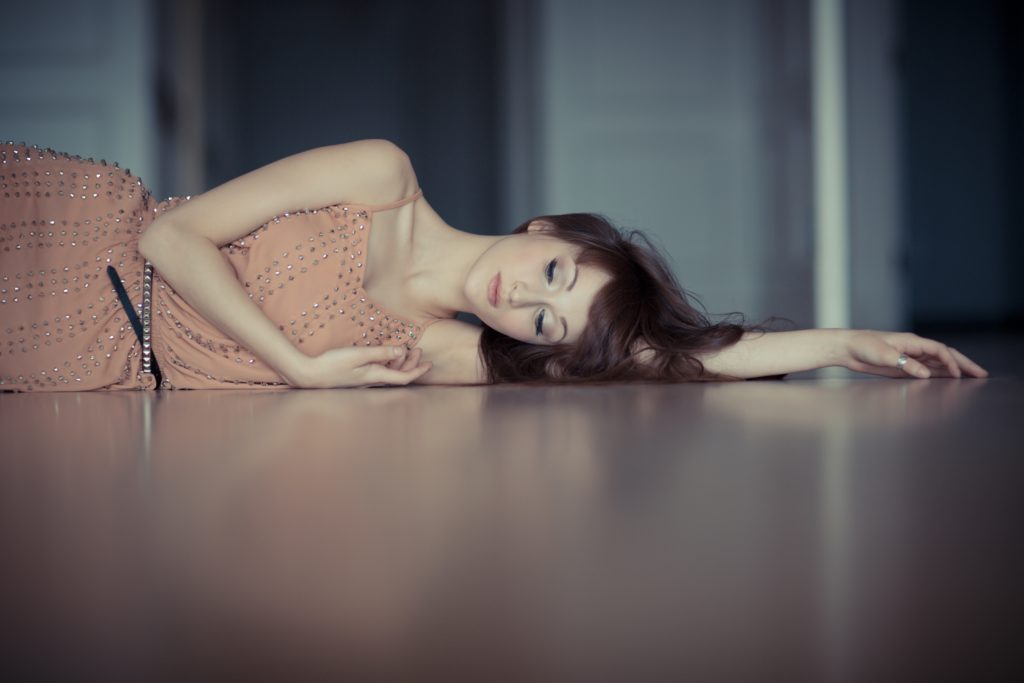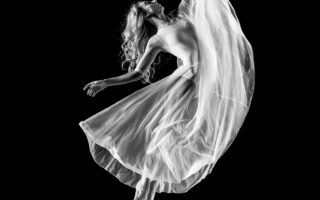Elements of Dance
The three major elements of dance are space, shape, and time. Some dance choreographers further divide up some of these elements to create an additional one or two elements, but to keep it simple, we’ll stick with the three. Change up these elements of dance to bring variety into your dances!
SPACE
The space we move through as we dance. Wherever possible, try to use as much of the stage or performance space as possible to keep your audience guessing. This can be done by changing up any of the following in your dance:
- Shape – this could be in the form of individual body shapes (the way in which 3-dimensional space is used by the body) or group shapes.
- Size – how big or small your movements are
- Level – what level you do your movements (high, medium, or low)
- Direction – the direction of your movements (forward, backward, up, down, diagonal)
- Pathways – patterns you make as you move across the floor (straight, curved)
Shape
If you have a lot of similar movements, try swapping them for movements in an opposite movement category. Check out our list of movement categories below for ideas! We’ve kept it simple – movements are best explained through pictures.
Open vs Closed Shapes:
Open Shape Example:
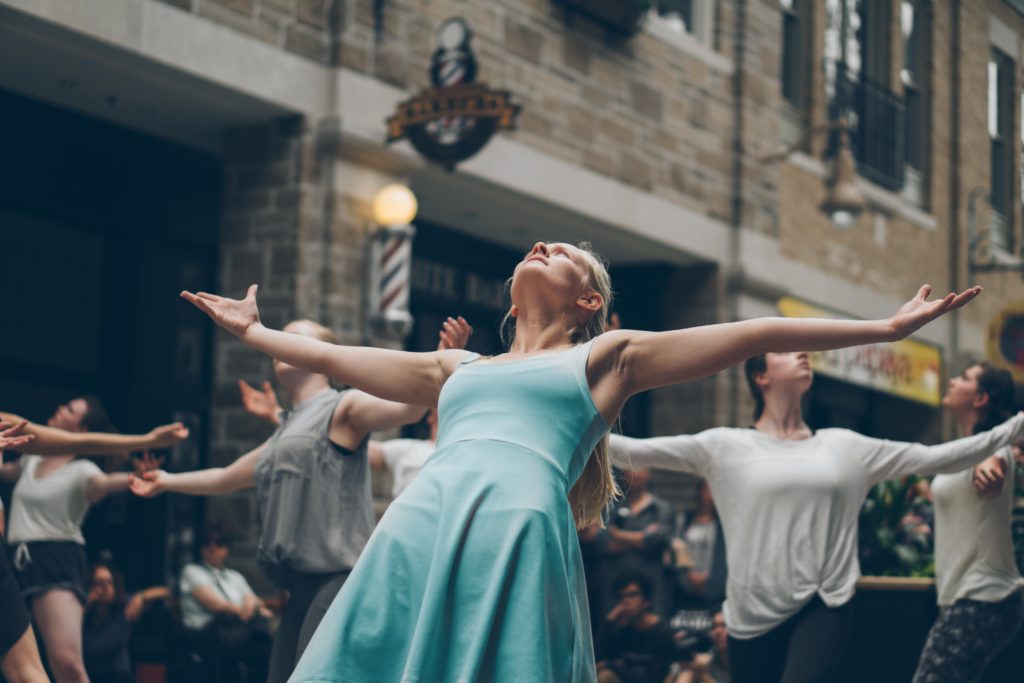
Photo by Nadim Merrikh on Unsplash
Closed Shape Example:
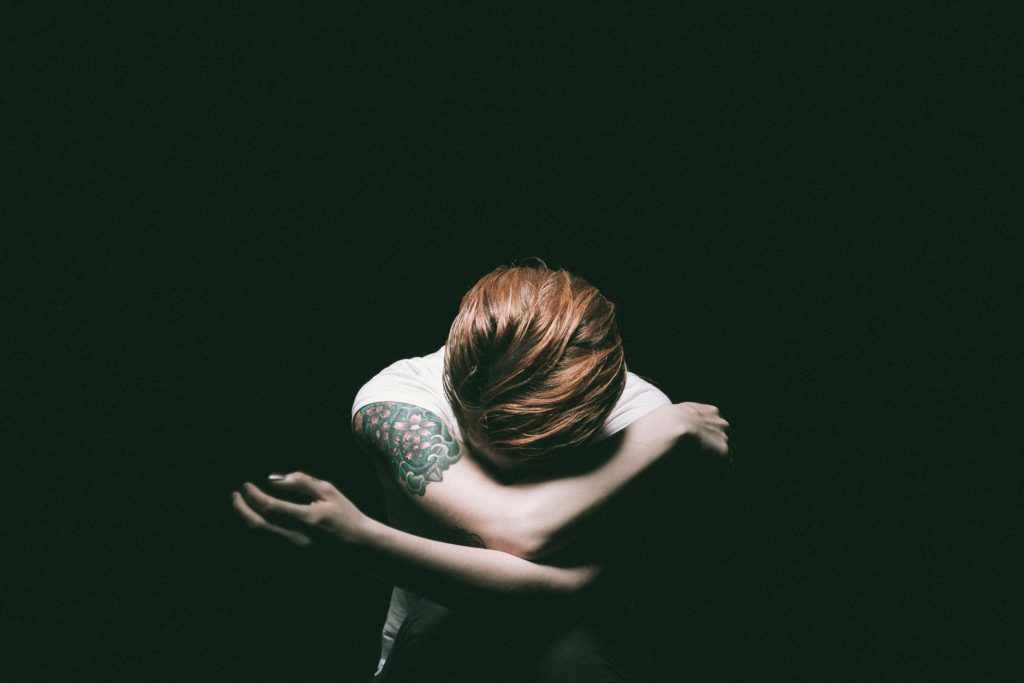
Photo by Malicki M Beser on Unsplash
Symmetrical vs Asymmetrical Shapes
Symmetrical Shape Examples:
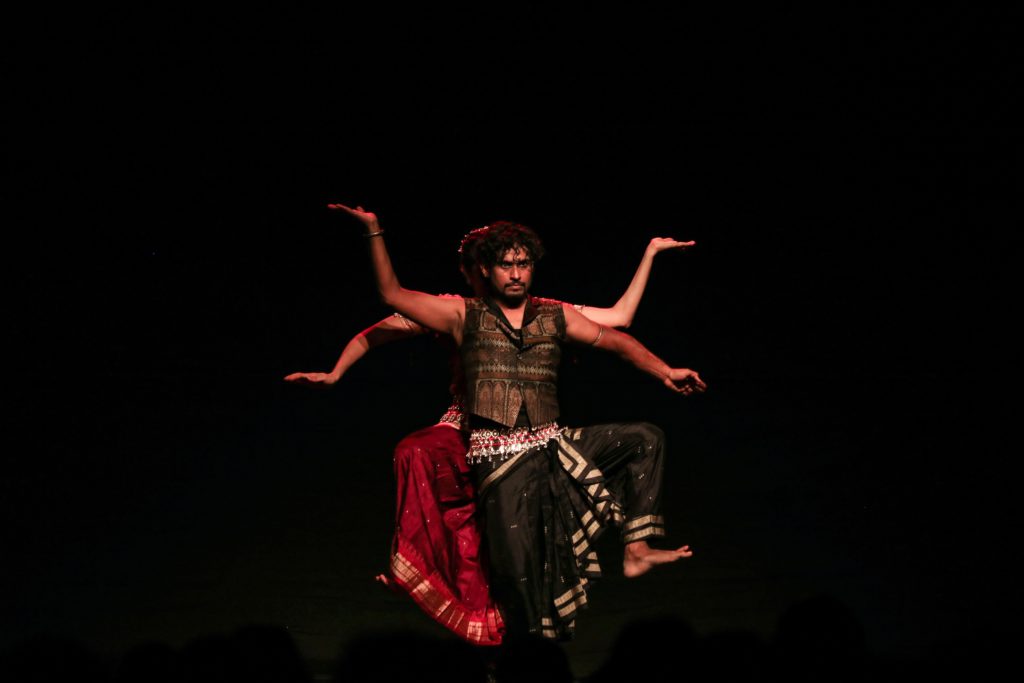 Photo by Kunal Parmar on Unsplash
Photo by Kunal Parmar on Unsplash
 Photo by Julia Caesar on Unsplash
Photo by Julia Caesar on Unsplash
Asymmetrical Shape Examples:
 Photo by Julia Berezina on Unsplash
Photo by Julia Berezina on Unsplash
Angular vs Curved
Angular Examples:
 Photo by Jadell Films on Unsplash
Photo by Jadell Films on Unsplash
In this example, the woman’s arms are bent at the elbows. Her left knee is also bent in a raised position.
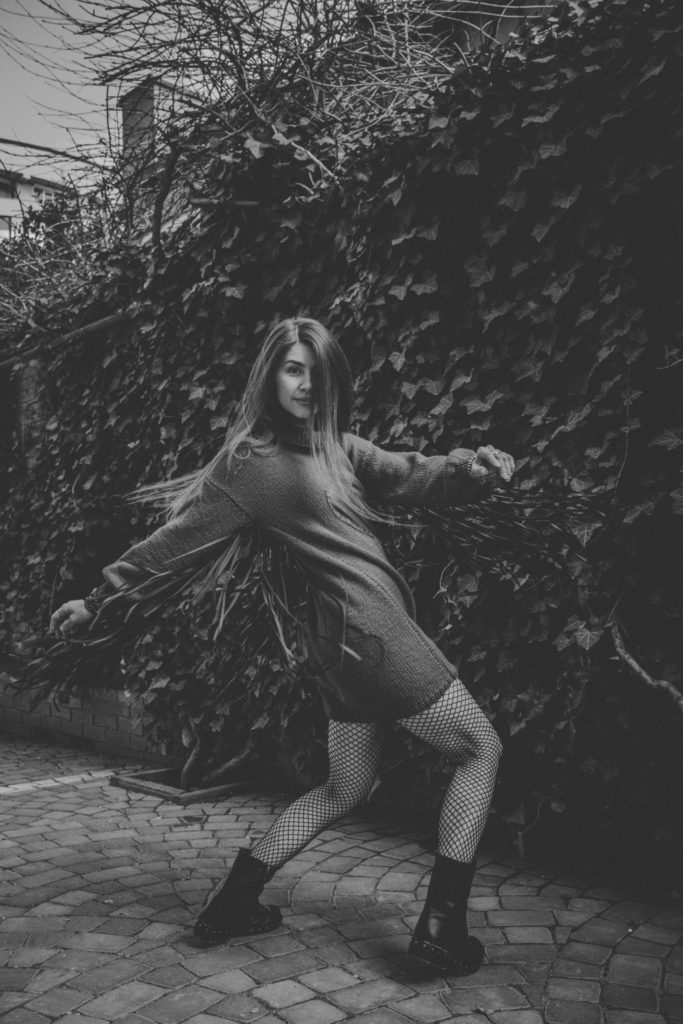 Photo by Valerie Elash on Unsplash
Photo by Valerie Elash on Unsplash
In the picture above, the woman’s legs are bent and her right arm is straight. These movements form angles and are therefore considered angular.
Curved Examples:
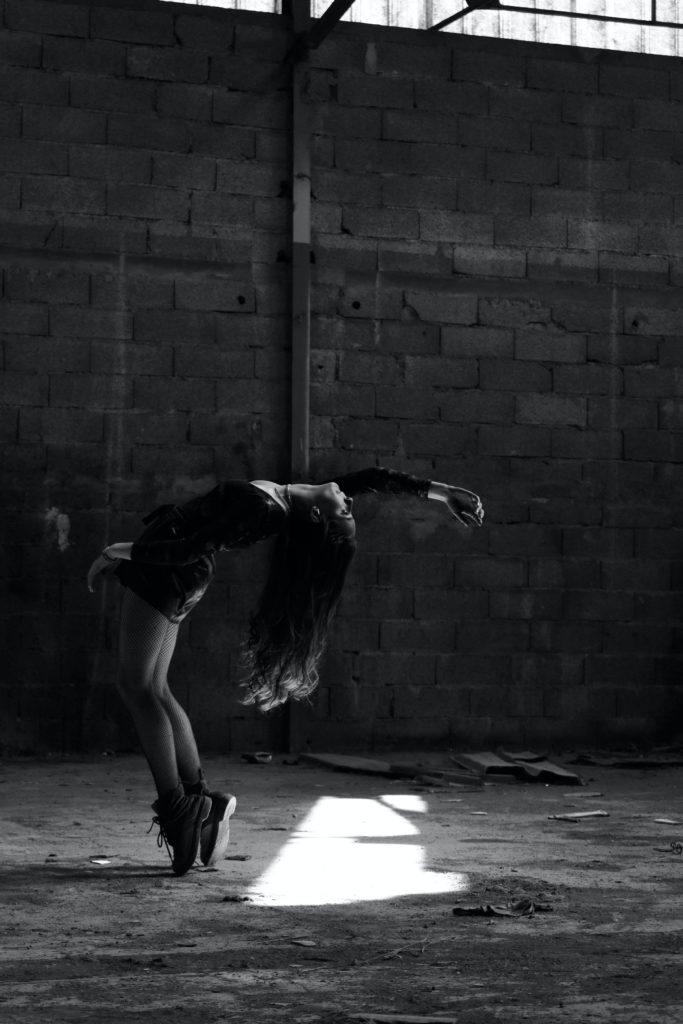 Photo by Lucie Colonna on Unsplash
Photo by Lucie Colonna on Unsplash
Here, the woman’s entire body is curved, with the exception of her feet. You can see that she has created this movement by rounding the bends at her joints and relaxing her hands.
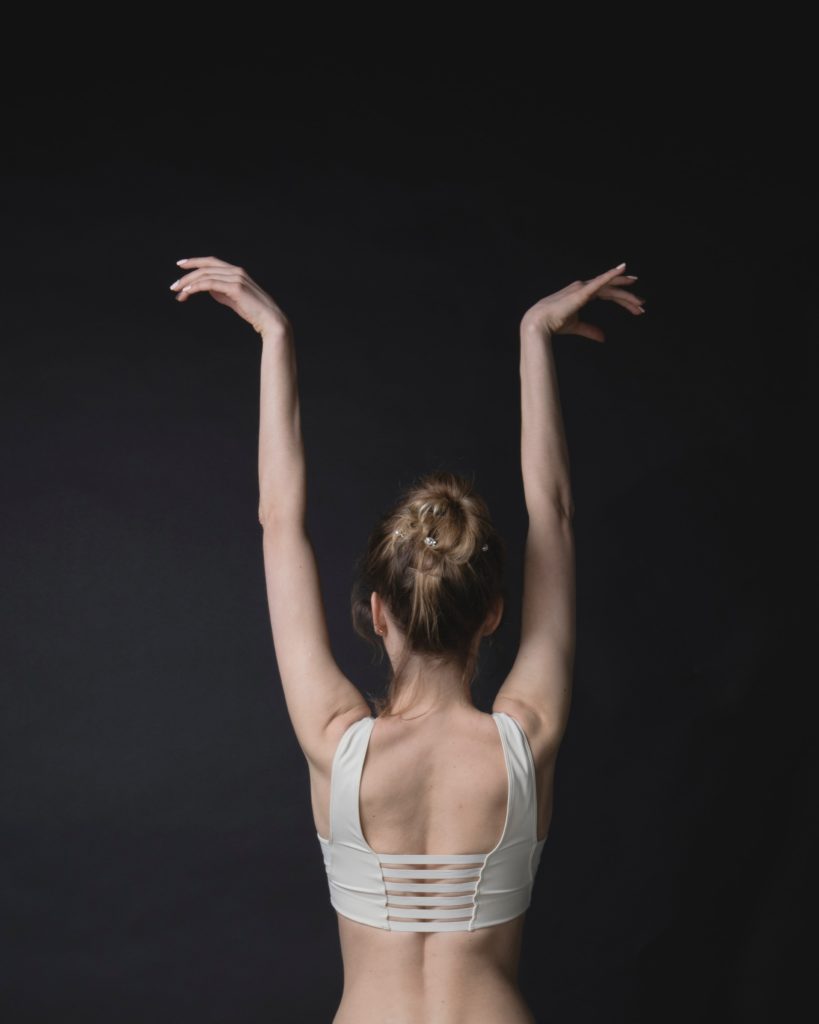 Photo by Juli Kosolapova on Unsplash
Photo by Juli Kosolapova on Unsplash
In the above example, you can see that the woman has curved her wrists and relaxed her hands to create this simple, soft pose/movement.
Size
Vary the sizes of your movements to add diversity to your dance routine. You can even take the exact same movement and simply change its size to add variety! The standard sizes of movements are small, medium, and large – a no-brainer here but it’s all too easy to forget about moving between the three. To determine the size of a movement, imagine drawing an invisible line that encircles your own physical body. This sphere is your own ‘personal space’ and how much space you use up will tell you just how big or small your move is.
Check out the example movements below to get some great ideas for your routine. Use big movements for climatic parts of the dance (such as the chorus) to produce more explosive movements. By switching between the three sizes constantly throughout your dance, it will contrast your movements and make each out of them stand out that much more.
Small Movement Examples:
- A quick flick of the hand
- A nod
- A shoulder pop
- Any movement that only uses a small space in your sphere.
Medium Movement Examples:
- Walking
- Swaying
- Turns at the medium level
- Doing movements that end in a bent position at the joints
Large Movement Examples:
- Big jumps or rolls
- Extending your arms and legs to their fullest capacity (extending them straight out in different directions)
- Any movement that takes up a large space in your sphere.
Level
High-Level Movements
High-level movements pull away from the ground defying gravity by pushing up and into the air. Some examples of actions that are done at a high level include jumping, hopping, and leaping.
Examples:
 Photo by Austin Schmid on Unsplash
Photo by Austin Schmid on Unsplash
 Photo by Özgür ÜNAL on Unsplash
Photo by Özgür ÜNAL on Unsplash
Medium-Level Movements
Medium-level movements usually resemble how we naturally move in everyday life. Gestures, walking, stepping, running, and balancing are just some major examples of medium-level movements. Yes, even simply walking or running to the rhythm of your chosen song is considered a dance movement, so don’t be afraid to include it in your routine. Take another look at some of your favorite music videos and you’re almost guaranteed to see a dancer walking or running. There are many different ways to walk, so be sure to read up on the ‘time’ dance element below for examples.
Examples:
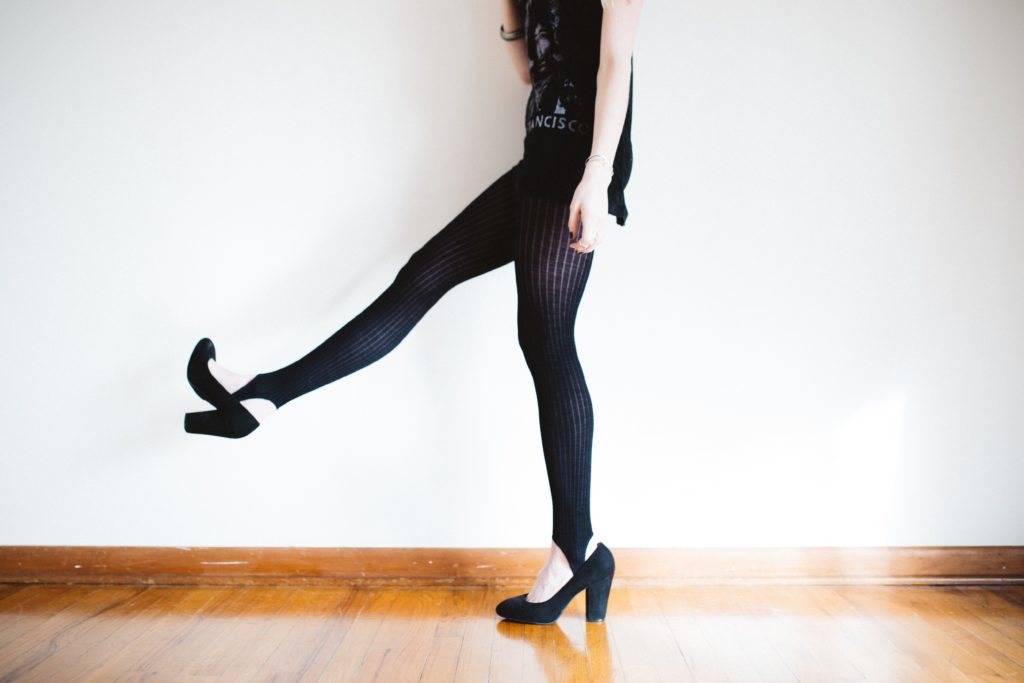 Photo by Brooke Cagle on Unsplash
Photo by Brooke Cagle on Unsplash
In this photo, a woman is simply walking at the medium level.
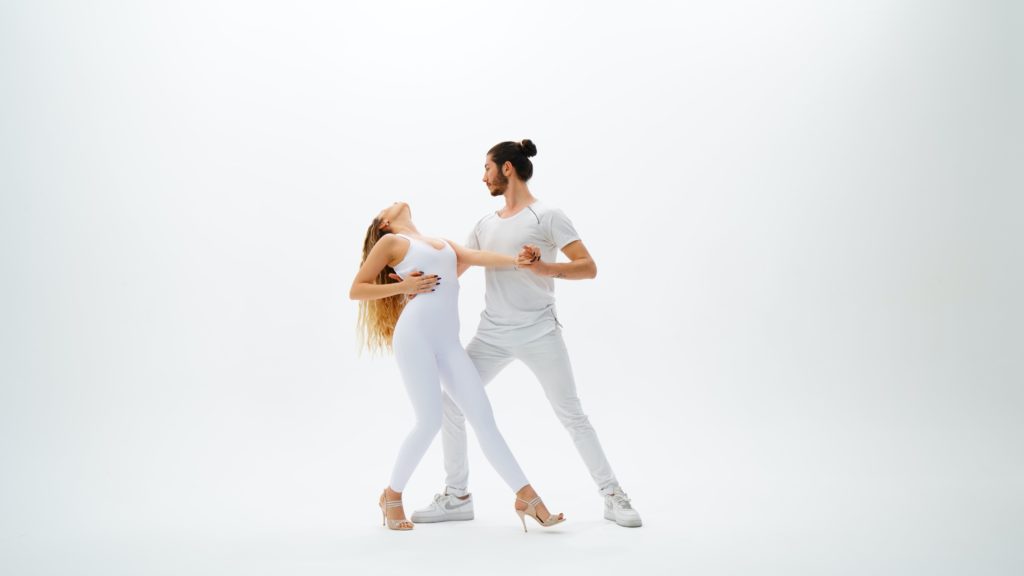
Photo by Aykut Kılıç on Unsplash
In this photo, these two dancers are doing a pose at the medium level.
Low-Level Movements
Low-level movements create a sense of groundedness, rest, recovery, or vulnerability. Examples of low-level movements could be kneeling, bending, crawling, rolling, sitting, crouching, and lying down.
Examples:
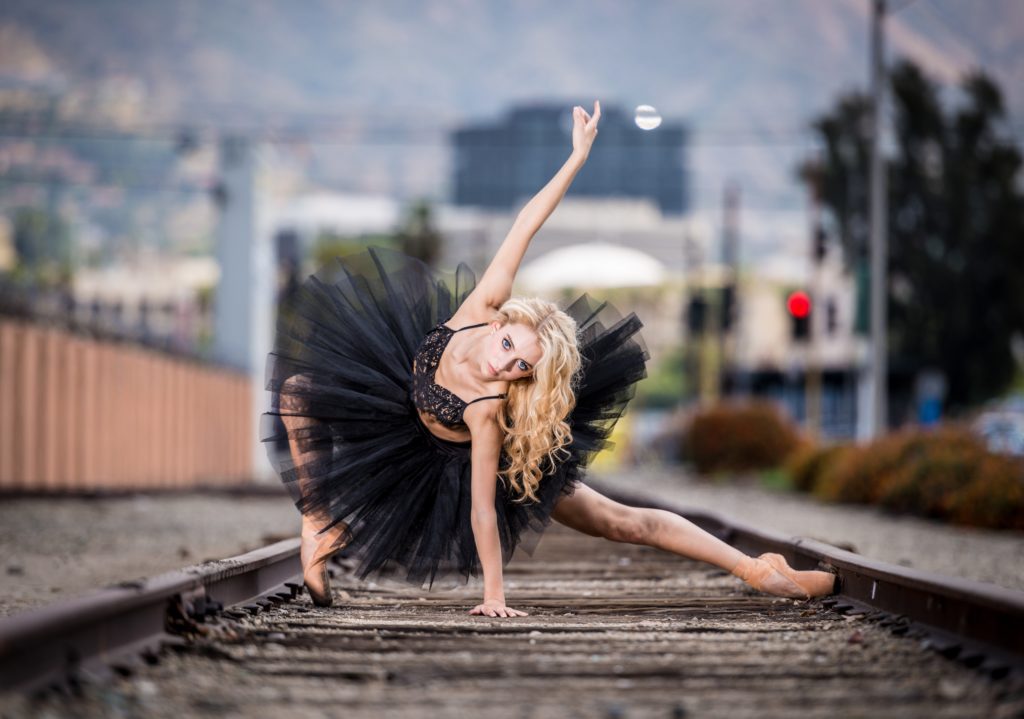 Photo by David Hofmann on Unsplash
Photo by David Hofmann on Unsplash
Photo by James Forbes on Unsplash
In the example above, the dancer is lying on the floor. Yes, even the simplest movements or poses of your everyday life can be used in your dance routines. At the end of the day, remember that dance is simply an expression of yourself and/or any message that you would like to convey to your audience. The possibilities are limitless.
Directions
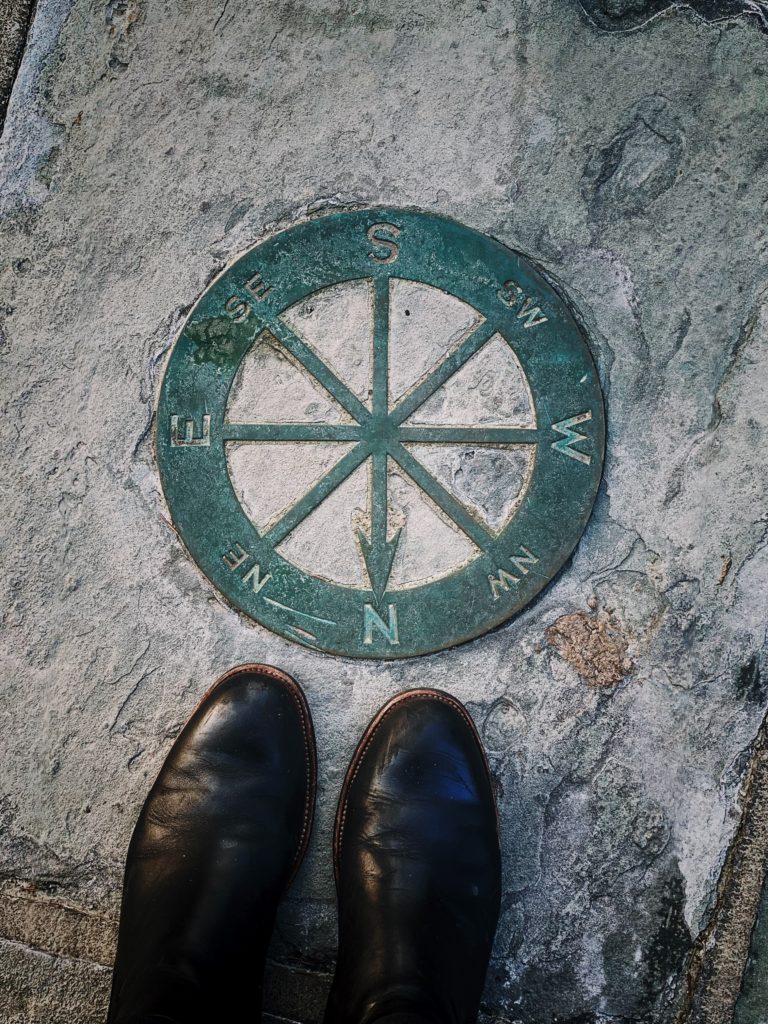
Change the direction of your movements to make excellent use of your performance space. Doing this will also keep your dance unpredictable and thus make your dance exciting to watch.
Directions you can utilize:
- Forward
- Backward
- Up
- Down
- Left
- Right
- Diagonal
Pathways
Pathways are patterns we make as we move across the floor. Instead of moving in a straight line, maybe you could move in a curved line. Think of more ways to get from point A to B on the stage (or in your performance space) and vary it.
TIME
Time is the length of time the movement lasts. You could make a movement slow and last a long time or make it fast so that it ends quickly. Jump between slow and quick movements to create more impact.
A dance could have a structured rhythm or pulse, but it could also be free-flowing and unpredictable. You can choose to have either a structured or free-flowing dance, or even mix it up and include both in your dance.
ENERGY OR FORCE
Energy or force is how much energy is used while moving. For example, you could move:
- Forcefully/sharply or gracefully/smoothly.
- Lightly or heavily
- Tightly or loosely
Changing how much energy or force you use not only changes the pace of the dance but also expresses emotion and intention. Just like gestures, you can use movements to tell a story or convey particular emotions. Many dances incorporate both sharp and smooth movements. Switch between these two types of movements to contrast and emphasize.
Moving Forcefully / Sharply
These kinds of movements are often seen in popping and locking, hip hop, and Tahitian dancing.
Example Movements:
- Quickly whipping your head to the side
- Doing a fast chest pump
- Quickly punching or kicking
Isolating body parts and quickly shifting them from one point to another (such as in popping and locking).
Moving Gracefully / Smoothly
These kinds of movements are often seen in ballet and Hawaiian hula dancing.
Example Movements:
- Slowly swaying your hips
- Rolling your shoulders back
- Slowly extending your arms or legs
- Body rolls
Moving Lightly or heavily
Generally, a lot of light movements bring a body part to a space that is quite far from the ground and heavy movements bring a body part closer to the ground. Simply put, light movements generally flow against gravity and heavy ones flow with gravity.
Some examples of moving lightly include:
- Walking on your tiptoes
- Jumping and landing as lightly and slowly as possible.
Some examples of moving heavily include:
- Slumping down to the low level.
- Dipping your hand in a sudden downward motion.
Moving Tightly or loosely
Tight movements often include tensing your muscles in some form. Some examples include:
- Punching
- Kicking
- Slicing your hand through the air
Loose movements will usually mean relaxing your muscles. Some examples include:
- Swinging
- Rolling your head around in a circle
- Dangling your hands or legs
